The Impact of Famous Ballerinas on the World of Ballet
Famous ballerinas have significantly shaped the world of ballet. They have inspired generations of dancers with their technical skills, artistic expression, and dedication to their craft. Many of these iconic dancers have also been instrumental in promoting ballet as an art form, taking it to new audiences and pushing the boundaries of what is possible.
Anna Pavlova, a russian ballerina widely regarded as one of the greatest ballet dancers of all time, is known for her iconic performance of “The Dying Swan,” which has become a benchmark for ballerinas worldwide. Margot Fonteyn, another legendary ballerina, was appointed Prima Ballerina Assoluta by Queen Elizabeth II and was instrumental in making the Royal Ballet an icon of British culture.
In recent years, ballerinas such as Misty Copeland have broken barriers and shattered stereotypes in ballet. Copeland, who became the first African American woman to be promoted to principal dancer at the American Ballet Theatre, has inspired a new generation of dancers with her technical skill, artistic expression, and dedication to her craft.
The impact of famous ballerinas on the world of ballet cannot be overstated. They have inspired generations of dancers, promoted ballet as an art form, and pushed the boundaries of what is possible. Their legacy continues to be felt today as ballet companies worldwide perform classical and contemporary works that showcase these iconic dancers’ technical skills and artistic expression.
Some of the world’s most famous ballet companies include the Royal Ballet, Paris Opera Ballet, American Ballet Theatre, and New York City Ballet. These companies have been instrumental in promoting ballet as an art form and have provided a platform for famous ballerinas to showcase their technical skills and artistic expression.
In addition to these companies, many other ballet companies worldwide are dedicated to promoting ballet as an art form. These companies include the Birmingham Royal Ballet, English National Ballet, and Spanish ballet companies such as the Ballet Nacional de España.
The world of ballet is also home to many famous ballet schools, including the Royal Ballet School, one of the world’s most prestigious. The school has produced many famous ballerinas, including Margot Fonteyn and Darcey Bussell.
In conclusion, famous ballerinas have significantly shaped the ballet world. They have inspired generations of dancers, promoted ballet as an art form, and pushed the boundaries of what is possible. Their legacy continues to be felt today as ballet companies worldwide perform classical and contemporary works that showcase these iconic dancers’ technical skills and artistic expression.

Resume
Reflecting on the remarkable lives and contributions of these well-known ballerinas, it is evident that their passion, dedication, and artistry have significantly shaped the world of ballet. From the pioneering efforts of Anna Pavlova and Alicia Markova to the modern innovations of Misty Copeland and Natalia Osipova, each dancer has left an indelible mark on the art form. Their achievements hold a significant place in ballet history.
As we celebrate these icons and their contributions, we are reminded of the enduring power of ballet to inspire and captivate audiences across generations. The legacy of these dancers continues to influence the ballet world, ensuring that this beautiful art form will thrive for years to come.
FAQ
What qualities do critics consider when declaring the best ballerina in the world?
Reviewers look for a rare fusion of impeccable classical technique, athletic strength, musicality, expressive artistry, and the power to shape ballet’s evolution—qualities that let a dancer honor tradition and push it forward.
Who is widely regarded as one of the greatest living ballerinas today?
Svetlana Zakharova of the Bolshoi and La Scala is often cited for her crystalline technique and dramatic range. At the same time, American Ballet Theatre principal Misty Copeland is celebrated for breaking historic barriers and inspiring new audiences.
How many hours per day does a professional ballerina usually train?
During a typical rehearsal period, an elite ballerina can spend around eight hours daily in class, rehearsals, cross‑training, and performance preparation.
Who was the first ballerina to perfect dancing en pointe?
Marie Taglioni is widely credited with refining pointe work in the 1832 premiere of La Sylphide, setting the standard for ethereal, weightless dancing that defines classical ballerinas.
What distinguishes a Prima Ballerina from a Prima Ballerina Assoluta?
“Prima Ballerina” denotes the top female soloist in a company. At the same time, “Prima Ballerina Assoluta” is an honorary lifetime title reserved for the most exceptional ballerinas of a generation—a distinction bestowed only a handful of times worldwide.
How long does a ballerina’s performing career typically last?
Because ballet is as demanding as elite athletics, most dancers’ peak performing years span roughly a decade, with many retiring from full‑time stage work by their mid‑30s. However, some exceptional artists continue into their 40s.
Which ballet roles are considered rites of passage for top ballerinas?
Odette/Odile in Swan Lake, Aurora in The Sleeping Beauty, Kitri in Don Quixote, Juliet in Romeo and Juliet, and Giselle’s title role are benchmarks that test stamina, virtuosity, and dramatic nuance.
How has social media changed the way famous ballerinas build their careers?
Platforms like Instagram and YouTube let dancers reach global audiences, secure sponsorships, and book freelance projects directly, making personal branding a new pillar of a modern ballerina’s success.
What are the most common injuries that affect elite ballerinas?
Stress fractures in the feet and lower legs, ankle sprains, Achilles tendinitis, and knee‑tracking issues such as patellofemoral pain syndrome are frequent, underscoring the need for careful cross‑training and recovery.
Why is Swan Lake known as a ballerina’s “Mount Everest”?
The dual role of Odette/Odile demands 2.5 hours of near‑continuous dancing, extreme technical control, and dramatic transformation, making it one of the repertoire’s most physically and artistically taxing parts.
How did Anna Pavlova’s legacy influence modern ballet?
Pavlova’s international tours and lyrical style expanded ballet’s global reach and proved that individuality-long limbs, high arches, distinctive artistry—could redefine classical ideals, inspiring generations of famous ballerinas.
What pathways do retired ballerinas pursue after leaving the stage?
Many transition into choreography, teaching, artistic direction, dance‑related entrepreneurship, or entirely new professions; extended touring projects and duet collaborations also allow seasoned stars like Wendy Whelan to keep performing on their terms.
Read Also: Keep your face towards the sunshine and shadows will fall behind you
Watch Also: https://www.youtube.com/@TravelsofTheWorld24
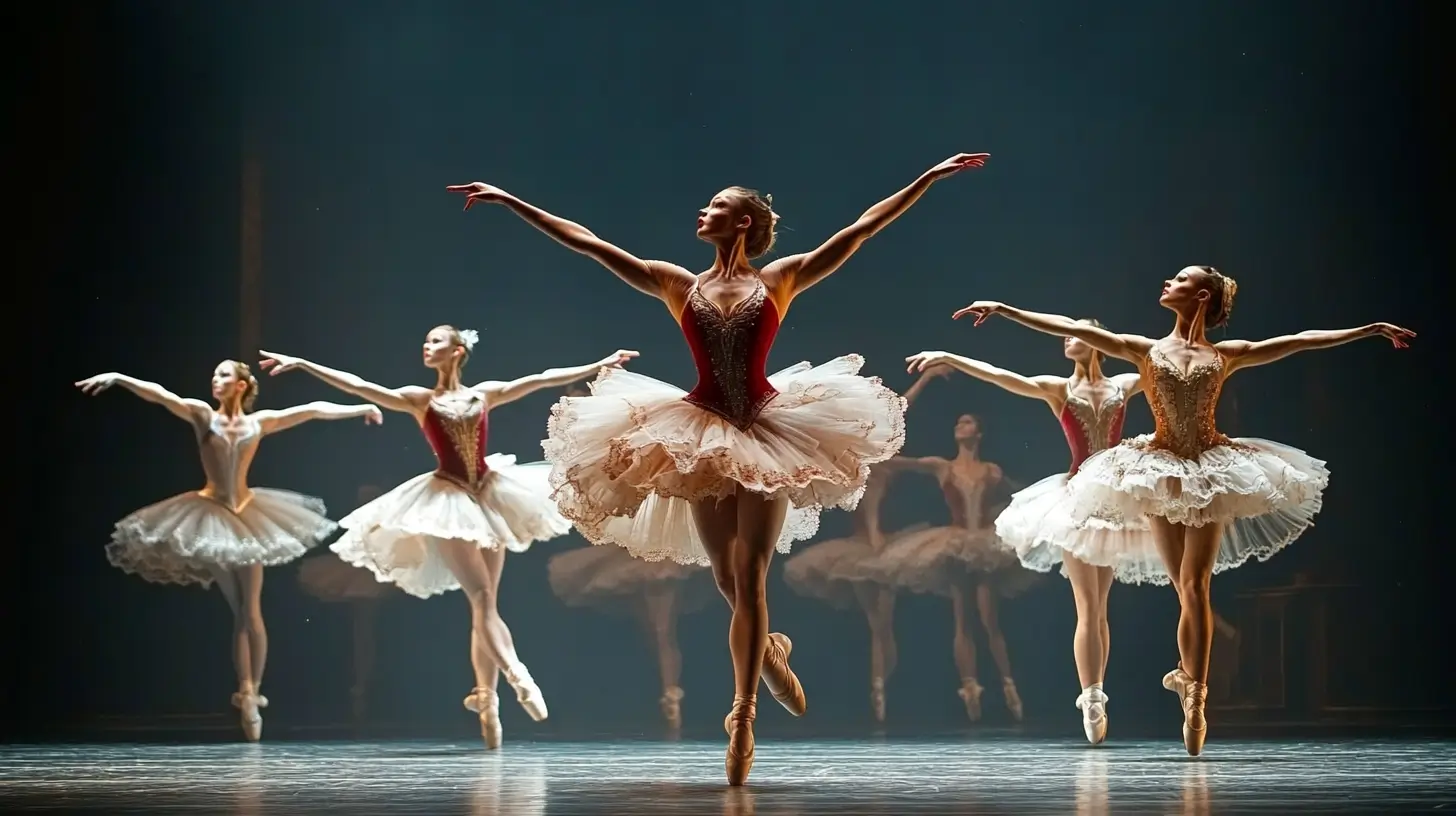
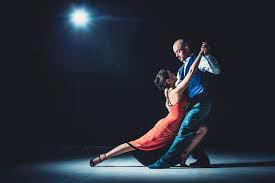




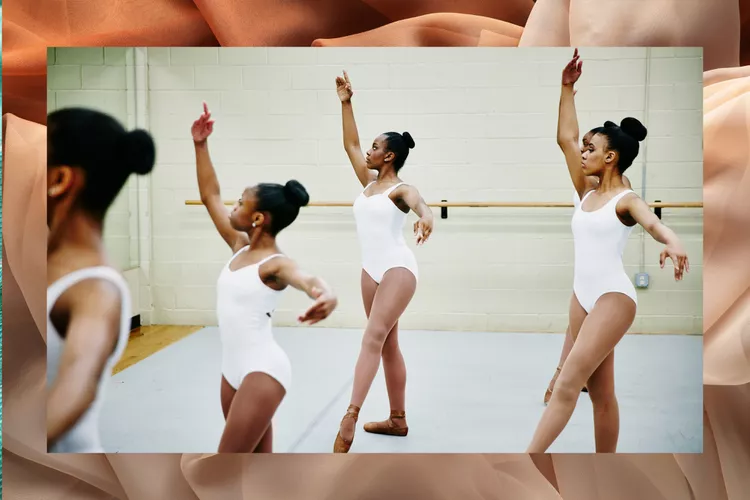
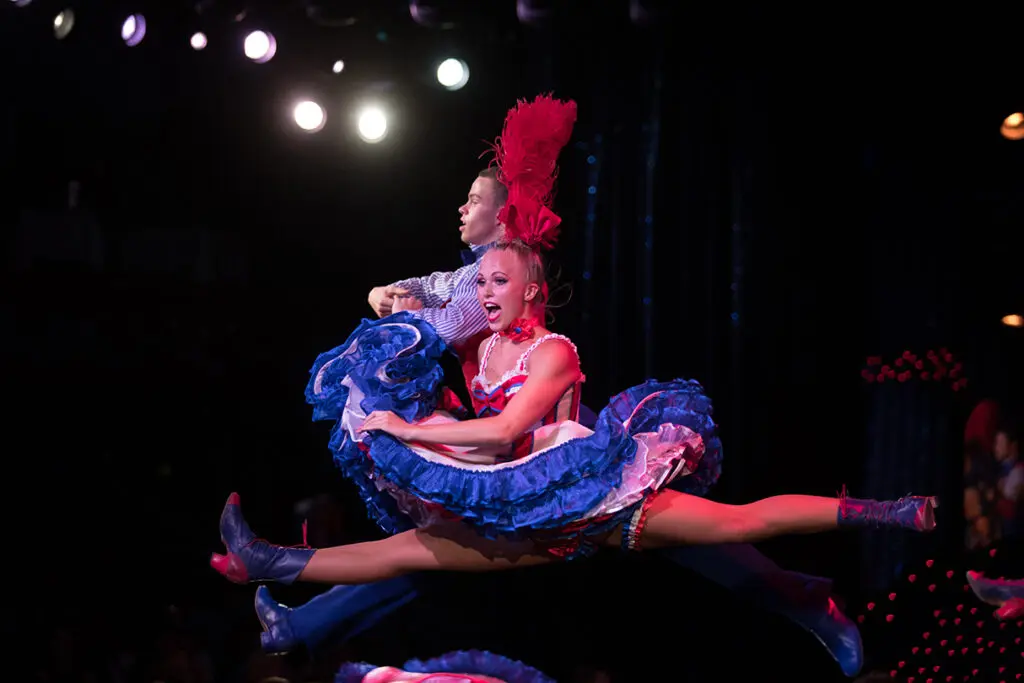
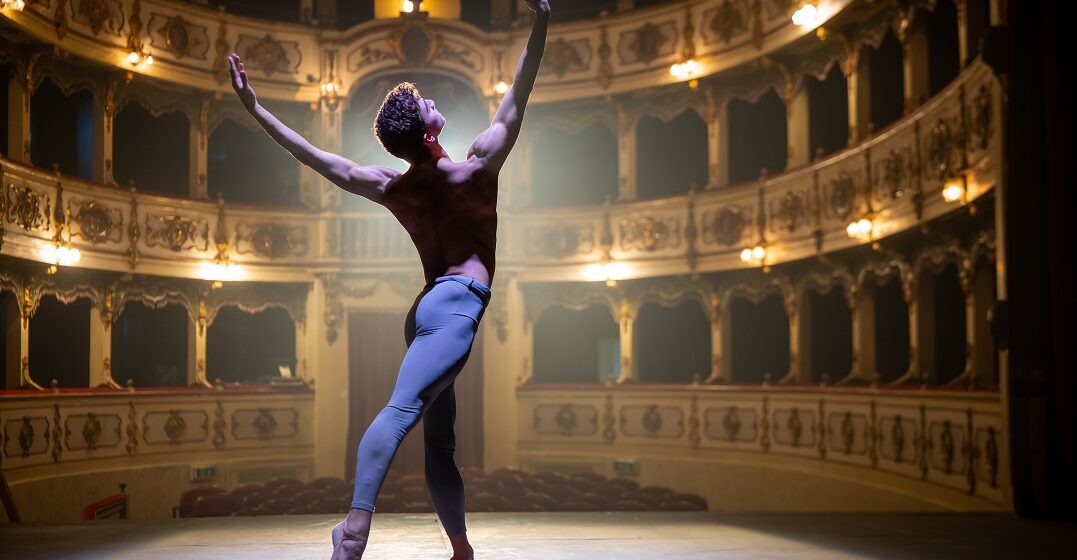
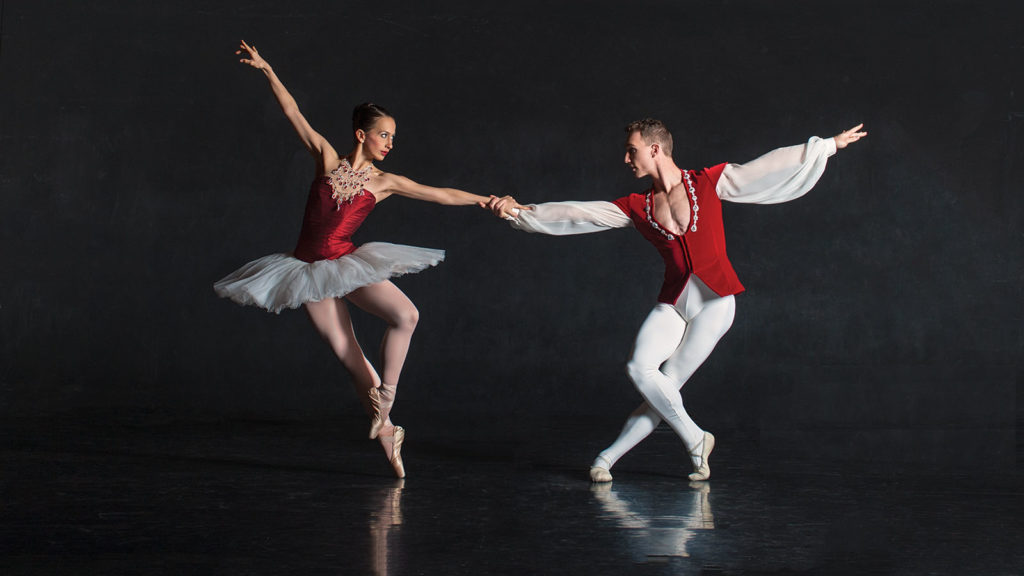
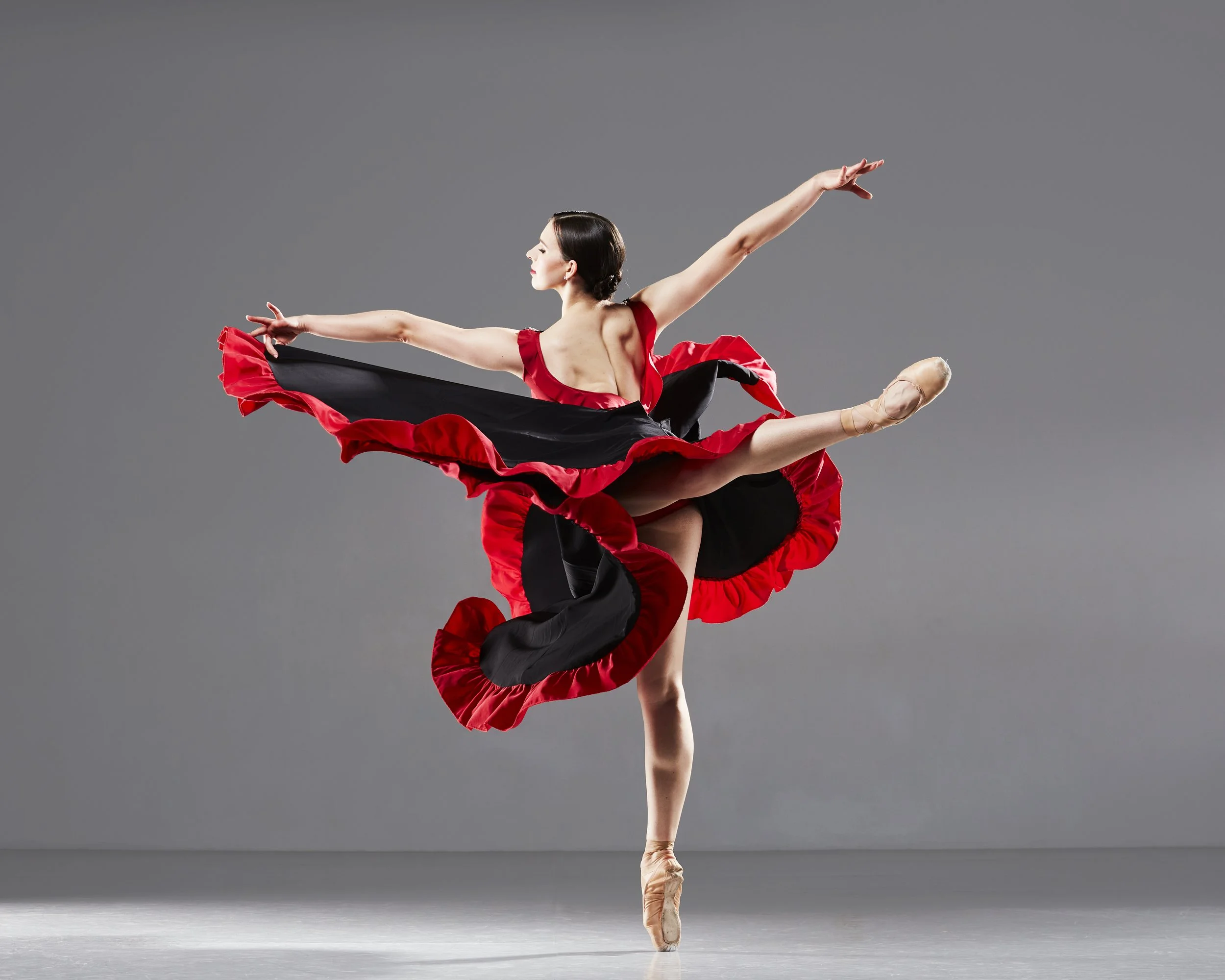




Leave a Reply